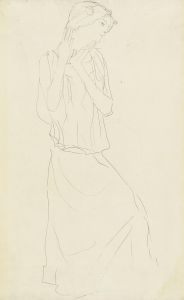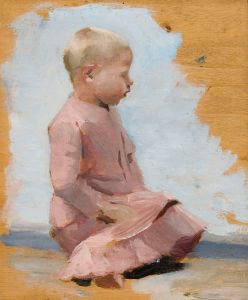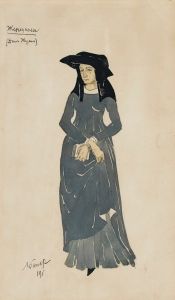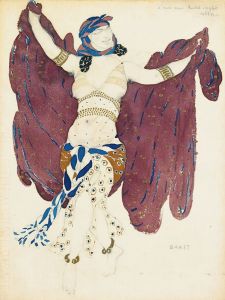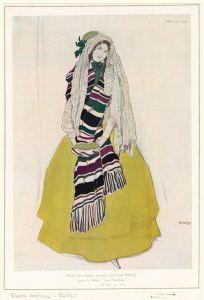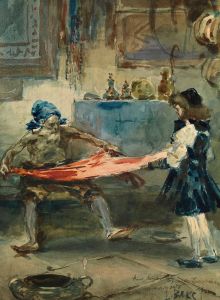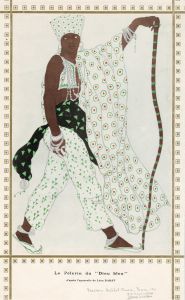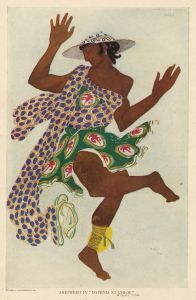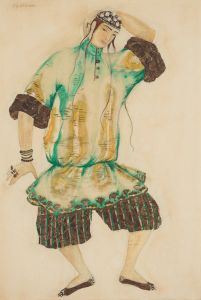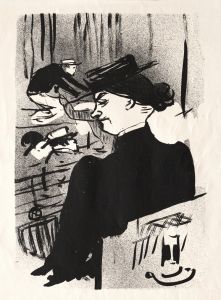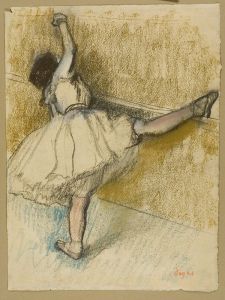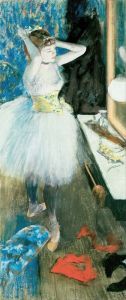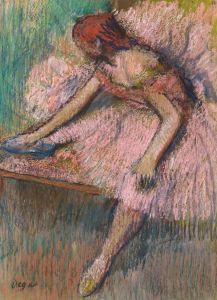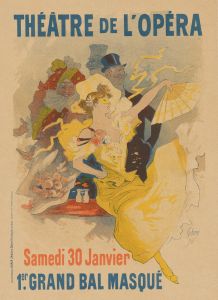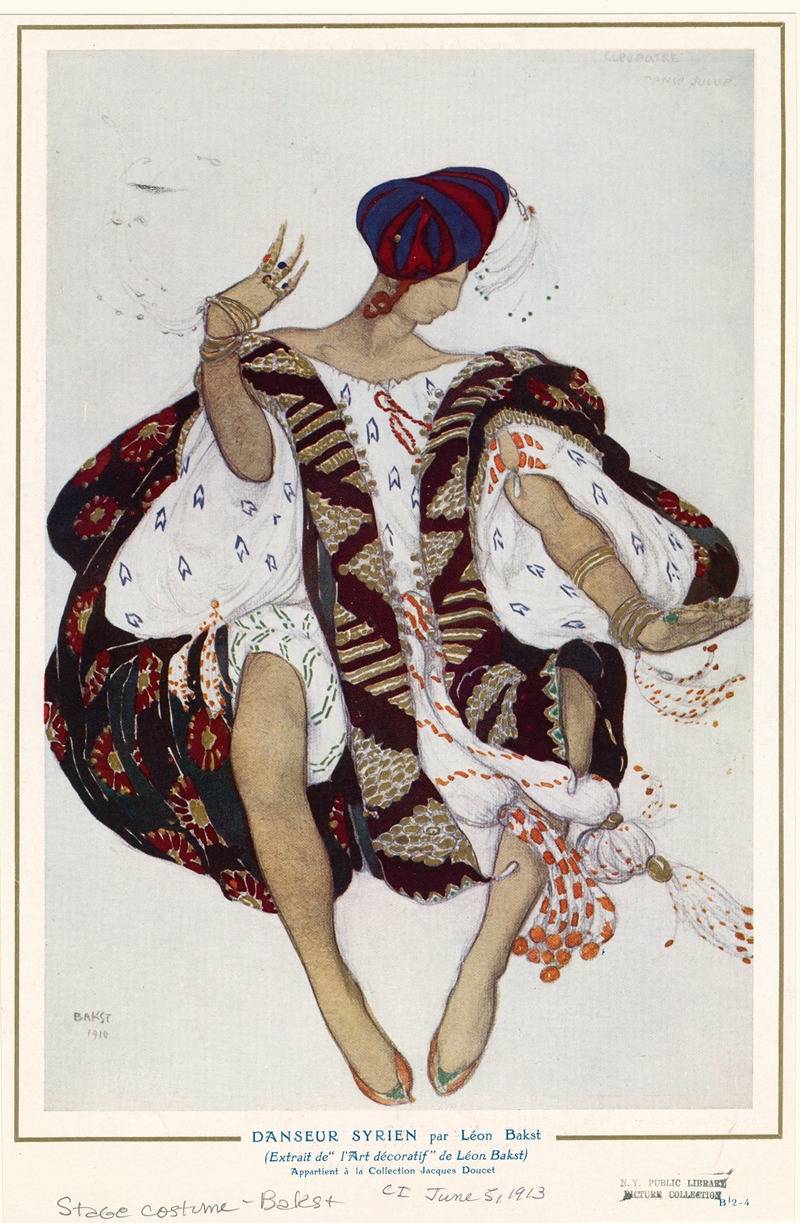
Danseur Syrien par Léon Bakst
A hand-painted replica of Léon Bakst’s masterpiece Danseur Syrien par Léon Bakst, meticulously crafted by professional artists to capture the true essence of the original. Each piece is created with museum-quality canvas and rare mineral pigments, carefully painted by experienced artists with delicate brushstrokes and rich, layered colors to perfectly recreate the texture of the original artwork. Unlike machine-printed reproductions, this hand-painted version brings the painting to life, infused with the artist’s emotions and skill in every stroke. Whether for personal collection or home decoration, it instantly elevates the artistic atmosphere of any space.
Léon Bakst, a prominent Russian painter and scene and costume designer, is renowned for his contributions to the world of art and theater in the early 20th century. One of his notable works is "Danseur Syrien," a painting that exemplifies his distinctive style and artistic vision. Bakst was born as Lev Samoilovich Rosenberg in 1866 in Grodno, which was then part of the Russian Empire. He later adopted the name Léon Bakst, under which he gained fame.
Bakst's career flourished during his association with the Ballets Russes, a groundbreaking ballet company founded by Sergei Diaghilev. The company was known for its innovative productions that combined music, dance, and visual arts in unprecedented ways. Bakst's role as a designer for the Ballets Russes allowed him to explore his fascination with exoticism and vibrant colors, which became hallmarks of his work.
"Danseur Syrien" is a testament to Bakst's ability to capture the essence of movement and cultural richness. The painting depicts a Syrian dancer, showcasing Bakst's interest in Orientalism, a trend that was popular among European artists at the time. Orientalism involved the depiction of Eastern cultures through a Western lens, often romanticizing and idealizing them. Bakst's work, however, is noted for its respectful and detailed portrayal of the costumes and settings, reflecting his genuine appreciation for the cultures he depicted.
In "Danseur Syrien," Bakst employs a vivid color palette and intricate patterns to bring the dancer to life. The use of bold colors and dynamic lines creates a sense of movement, as if the dancer is captured mid-performance. Bakst's attention to detail is evident in the elaborate costume, which features traditional Syrian elements, meticulously rendered to highlight the texture and richness of the fabric.
Bakst's work was influential in shaping the visual language of the Ballets Russes, and his designs played a crucial role in the success of the company's productions. His ability to blend art and theater helped to elevate the status of costume and set design, making them integral components of the theatrical experience. "Danseur Syrien" is a reflection of Bakst's artistic philosophy, where the boundaries between different art forms are blurred to create a cohesive and immersive experience.
Throughout his career, Bakst's work was celebrated for its originality and creativity. He was a key figure in the Art Nouveau movement, which emphasized decorative arts and was characterized by its use of organic forms and intricate details. Bakst's designs often featured flowing lines and natural motifs, aligning with the principles of Art Nouveau while also incorporating his unique flair for drama and spectacle.
Léon Bakst's legacy continues to influence artists and designers today. His work is studied for its innovative approach to color, form, and cultural representation. "Danseur Syrien" remains a significant piece within his oeuvre, exemplifying his mastery of combining artistic expression with theatrical storytelling. Bakst's contributions to the arts extend beyond his paintings and designs; he helped to redefine the role of visual elements in performance, leaving an indelible mark on the world of theater and art.





